Savour the rich diversity of global coffee cultures, where distinct brewing methods and unique traditions create a mosaic of flavourful experiences from one country to the next.
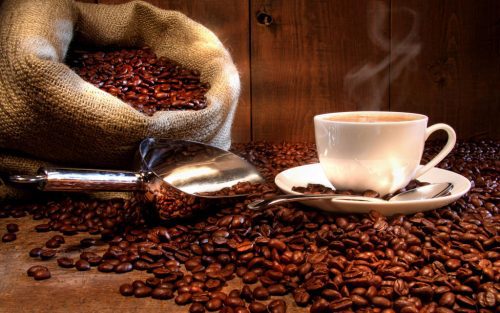
Coffee culture, a global phenomenon, varies widely but shares a common thread, it brings people together. This beloved beverage transcends mere consumption, embodying rituals that are both a personal pleasure and a social experience.
Whether it’s sipping a morning brew to kick-start the day, enjoying a leisurely cup at a local cafe, or partaking in elaborate coffee ceremonies, coffee plays a significant role in daily routines across cultures. Each method of preparation, serving, and enjoyment not only enhances the flavour profile of the coffee but also enriches the cultural fabric of communities worldwide.
As we delve into the diverse cultures, we discover not just the richness of the drink itself but also the unique ways in which it’s woven into the lives of its aficionados. Let’s explore some renowned global coffee traditions, each celebrated for its rich legacy in the world of coffee.
Italy: Espresso
Coffee has been an integral part of Italian culture since the 1500s, with each of Italy’s 20 regions adding its own twist to the beverage. While espresso is common throughout the country, regional variations abound. For example, in Le Marche in the north, you can savour a caffè anisette, which is espresso flavoured with anise. In Sicily to the south, there’s caffè d’un parrinu, a coffee that includes hints of cloves, cinnamon, and cocoa, reflecting Arabic influences.
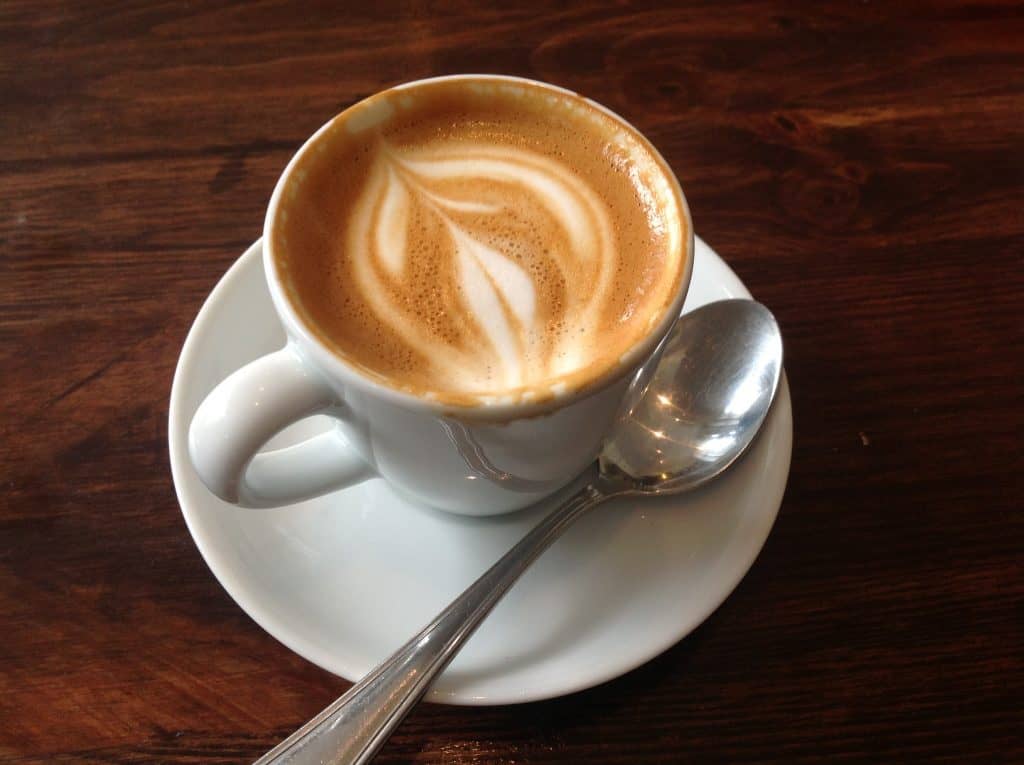
Daily life in Italy is punctuated with specific coffee rituals: a cappuccino is typically enjoyed at breakfast, a caffè macchiato or two in the afternoon, and an espresso to cap off dinner. Italian coffee drinking also comes with its unspoken rules. For instance, ordering a “latte” will get you just milk, the literal translation. Asking for a coffee to go or a cappuccino after 11 a.m. might mark you as a tourist.
Coffee is usually enjoyed standing at the bar, known as al banco, often among friends. At places like Eataly, you’ll see Italians gathered at the bar, coffee in hand, chatting away.
To fit in, remember to drink your coffee before paying at the register, as is customary in Italy.
Turkey: Türk Kahvesi
Turkish coffee dates back to 1555 when Syrian traders introduced it to Istanbul. By the mid-17th century, it had become a staple at the Ottoman Court, with the Sultan enjoying coffee made by his brewers. This drink is deeply ingrained in Turkish culture—so much so that the word for breakfast, ‘kahvalti,’ translates to ‘before coffee,’ and the colour brown is ‘kahverengi,’ or ‘coffee-coloured.’
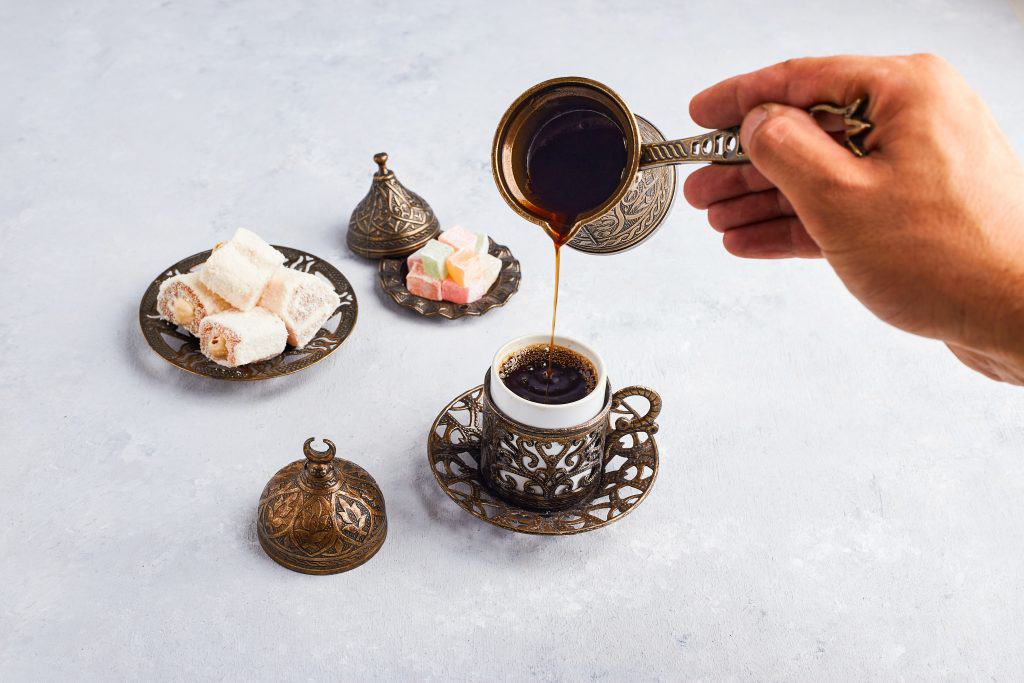
Recognized for its unique preparation and cultural significance, Turkish coffee was added to UNESCO’s Intangible Cultural Heritage List in 2013. It’s typically made from Arabica beans and involves a distinctive brewing method that adds to its allure.
Served in small demitasse cups, Turkish coffee should be sipped slowly, not gulped like an espresso, to avoid swallowing the grounds. Drinking Turkish coffee is a leisurely activity, often stretching over an hour as it encourages conversation and connection.
Alongside the coffee, you might be served a glass of water and a sweet, like Turkish delight, to balance the strong flavour.
Denmark: Kaffee
Despite its small population of just under six million people, Denmark ranks among the top five coffee-consuming countries globally. On average, each Dane drinks about 19 pounds of coffee per year, which translates to roughly 430 cups. While today some of those cups might come from renowned speciality roasters like Coffee Collective or La Cabra, speciality coffee only became a part of Denmark’s renowned culinary scene quite recently.
Historically, coffee has been a staple in Danish culture for decades, largely supported by major brands like Merrild and Peter Larsen Kaffe. These companies have helped cement the tradition of “coffee and cake” breaks—a key part of work life in Denmark, where no celebration is complete without coffee and pastries. Speciality coffee started to make its mark in Denmark in the mid-2000s.
Danish coffee tradition is about more than just drinking coffee, it’s a fundamental part of Danish life. Cafes are not just places to drink coffee, they offer cosy atmospheres where people can enjoy intimate conversations and warm vibes, akin to sitting by a fireplace. This setting encourages many Danes to enjoy their coffee in cafes rather than to go, nurturing relationships in the process.
For Danes, coffee is more than just a source of caffeine; it’s a way to slow down, build relationships, and create a sense of warmth and cosiness within the community.
France: Café au Lait
French coffee has a unique reputation and, while it may not be as famous as Italian coffee, it’s still a crucial part of daily life in France. Coffee drinking here is surrounded by its own culture, complete with specific etiquettes and traditions.
The history of French coffee traditions extends back to Paris centuries ago. Initially, cafés served as meeting spots where men would discuss news, gossip, and business. Over time, these spaces became hubs for political revolutionaries and, during the Restoration period, transformed into more relaxed settings for socializing and leisurely catching up with friends.
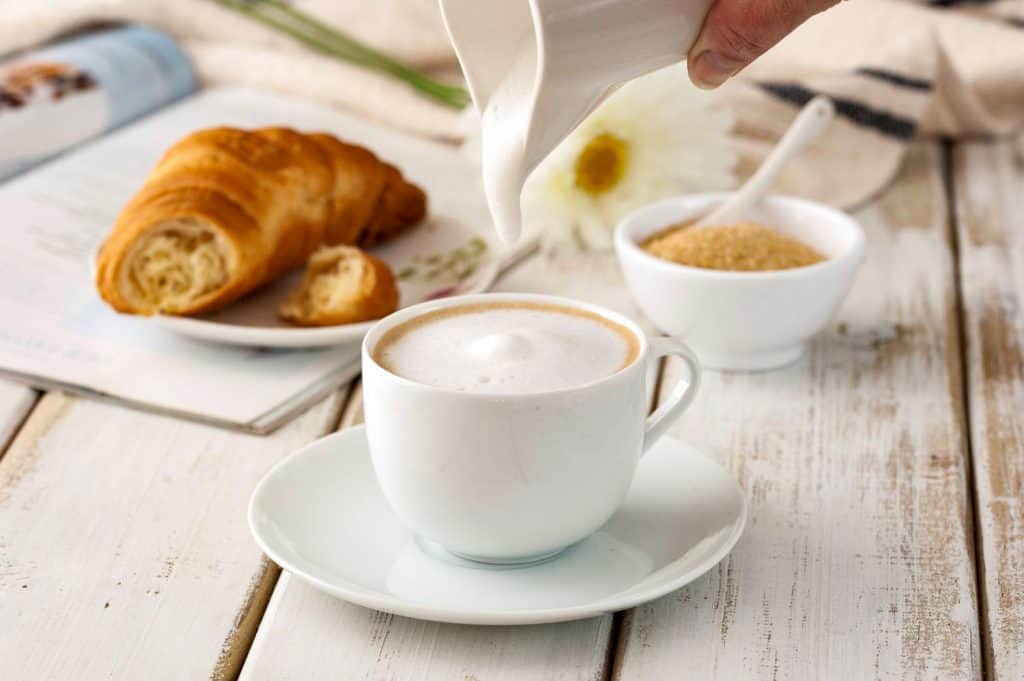
The term “French roast” refers to a specific style of coffee roasting that became popular in the 19th century. This method produces an intense, smoky, and bold flavour. It involves roasting the coffee beans until they reach an internal temperature of about 240 degrees Celsius, which darkens the beans and brings oils to their surface, giving them a distinctive shiny, dark appearance.
When you visit a traditional French café, don’t expect to see a coffee menu. It’s helpful to know the most common types of French coffee drinks. “Café au Lait,” for example, means “coffee with milk.” It’s similar to a latte but contains more milk and is typically enjoyed in the morning with breakfast items like tartines or croissants, served in a large bowl-shaped cup. Conversely, espresso in France is generally consumed after a meal or on its own in the afternoon, not with food.
Cuba: Café Cubano
Coffee was introduced to Cuba in the 1700s, quickly making the island a major producer and exporter. The significance of its coffee plantations is recognized with UNESCO World Heritage status. However, the rise of rum and sugar cane soon overshadowed coffee production, though it didn’t stop Cubans from drinking coffee.
In 1962, the government rationed coffee along with other food, limiting people to just four ounces per month. To stretch their supply, Cubans began mixing their coffee with chicharo beans or chickpeas, sweetening it, and serving it in small cups known as tacitas.
Coffee remains central to daily life in Cuba, often serving as a reason for social gatherings. It’s commonly enjoyed among friends, whether in a street café, at home, or during neighbourly visits. Nearly every Cuban household has a stove-top espresso maker, and offering coffee to guests is a common courtesy.
In addition to homes, you can find Cuban coffee served through home window cafeterias, called Ventanillas. These are much more affordable than traditional bars and restaurants, with a cup of Café Cubano typically costing about 1 Cuban peso.
Saudi Arabia: Kahwa
Coffee is more than just a drink in Saudi Arabian culture; it’s a symbol of hospitality and social bonding. Known locally as qahwa or gahwa, traditional Saudi coffee is made from lightly roasted Arabica beans and is often flavoured with spices such as cardamom, saffron, or cloves. It’s typically served with dates and sweets to complement its flavour during family gatherings and social events, reflecting the country’s warm and generous spirit.
The roots of coffee drinking trace back to the Middle East over a thousand years ago. According to some food historians, the discovery of coffee’s energizing effects dates back to a ninth-century Ethiopian goat herder who noticed his goats became lively after eating the bright red berries of a particular bush—the seeds of these berries are what we know today as coffee beans.
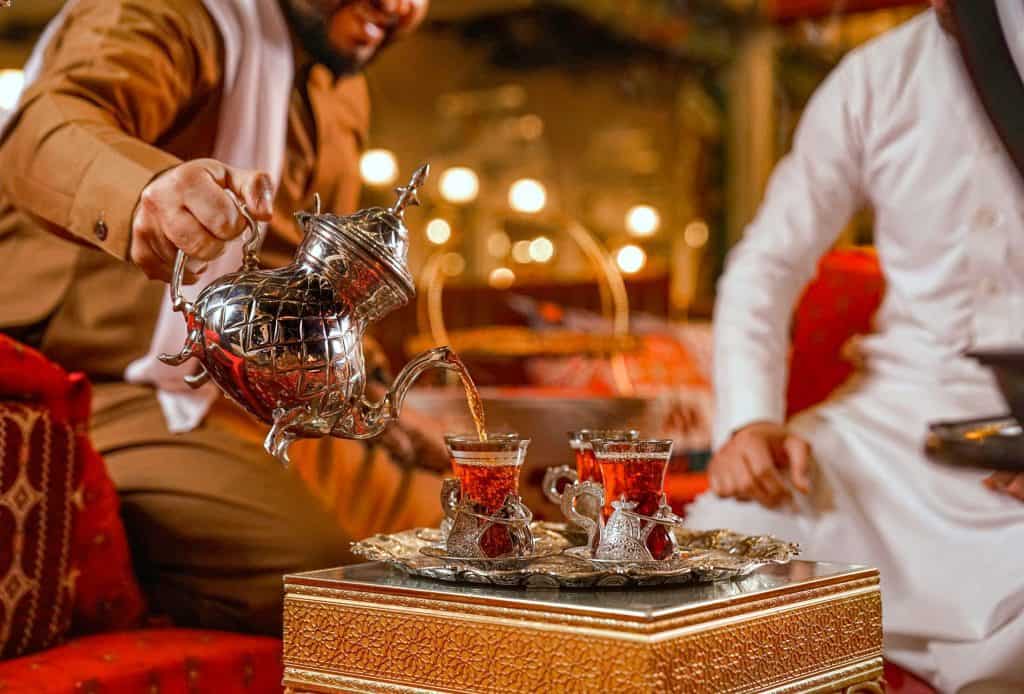
In Saudi Arabia, the beans can be roasted lightly or heavily, but the brewing method typically involves boiling the coffee and serving it unfiltered and without sugar. However, spices like saffron, cinnamon, cardamom, or cloves might be added for flavour. Coffee is served from a special pot called a Dallah into a small cup known as a Finjal, filled just enough to cover the bottom of the cup. The host or waiter will continue to serve small amounts until indicated otherwise by the guest. To offset the bitter taste, coffee is usually accompanied by something sweet.
Unlike many places where coffee is a morning beverage, in Saudi Arabia, it is common to drink coffee well into the evening, with the afternoon before sunset being a particularly favoured time to enjoy a revitalizing cup after a long day.
This deep-seated tradition has also spurred the popularity of dessert cafés across the kingdom, where coffee is paired with sweet treats, celebrating the rich coffee heritage of Saudi Arabia.
India: Kaapi
While many countries are renowned for their coffee, India’s coffee traditions might not be the first to come to mind, yet it hosts over 16 unique coffee varieties and is the only country that grows all its coffee in the shade.
India’s coffee industry is emerging and starting to capture the attention of global experts. Coffee’s history in India traces back to the 16th century when the legendary Brother Baba Budan smuggled seven coffee beans from Yemen into India and planted them in Chikkamagaluru, a district in Karnataka, southwest India. This area, now known as the Baba Budan Hills, represents about 82% of India’s coffee farmland.
Coffee drinking in India is relatively new but is growing and evolving, particularly among the youth who frequent coffee houses as social hubs. The Indian coffee scene has been transformed by global coffee chains introducing air-conditioned, upscale cafés, creating a new coffee-drinking experience.
Indian consumers increasingly prefer coffee that is sweet and acidic over flavours that are bitter and sharp. Traditional recipes, dating back centuries, still play a significant role in how coffee is made and enjoyed in India.
In Chennai, formerly known as Madras, the traditional beverage of choice is filter coffee, known locally as Kaapi. This aromatic drink is a staple in many households, especially within the Brahmin community, where nearly every family has their own cherished recipe for this popular drink.
Netherlands: Kaffe
Coffee has a storied history in the Netherlands, evolving from a luxury item for the elite to a beloved everyday beverage for the masses. Initially, coffee was an exclusive luxury enjoyed in the opulent coffee houses of major cities, where the wealthy indulged in this novel drink along with other imported luxuries like tea and chocolate. These coffee houses were elegant, with plush furnishings and attentive service.
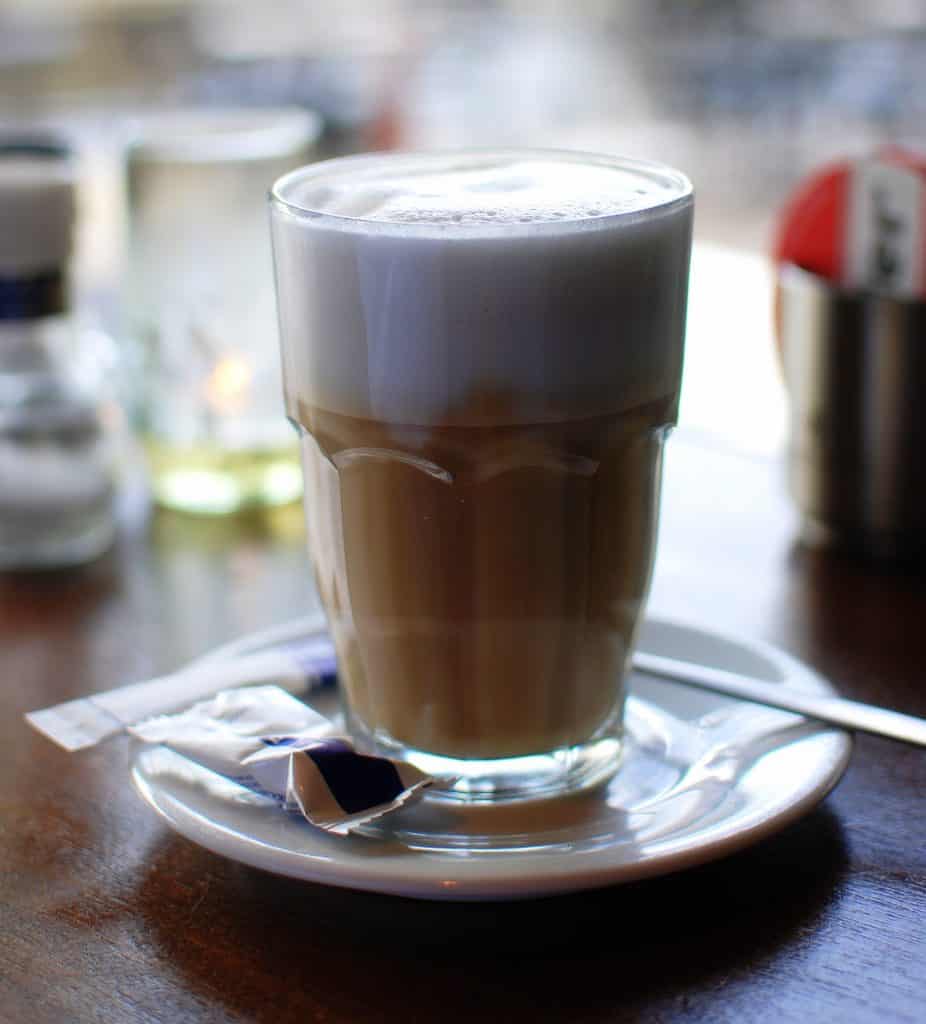
As coffee became more accessible and affordable, it gained popularity across all segments of Dutch society. By the 18th century, it was a staple, with coffee houses springing up in towns and villages across the country. These spots became cosy havens for socializing, discussing politics, and sharing ideas.
In Dutch coffee preferences, one popular choice is the “koffie verkeerd,” a latte with more milk than espresso, usually enjoyed in the mid-morning or afternoon, often with a pastry. Another beloved tradition is “koffie en appelgebak,” coffee served with a slice of warm apple pie, a treat enjoyed by both locals and visitors.
Recently, the Netherlands has emerged as a centre for speciality coffee, with numerous roasters and cafes dedicated to sourcing sustainable, high-quality beans. These businesses emphasize ethical practices and environmental responsibility, striving to maintain close relationships with the growers and cooperatives that supply their coffee.
Japan: Koh-hee
Japan is at the forefront of the coffee scene, elevating coffee to a fine dining experience. For coffee enthusiasts who enjoy exploring unique cafes, Japan offers a rich coffee history. While you’ll find all the major coffee chains here, the essence of Japanese coffee lies in its independent coffee shops, or “Kissaten.” These places are where Japan’s coffee masters perfect their craft, using hand-brewing techniques to produce some of the world’s most exquisite and distinctive coffees.
Coffee is more than just a drink in Japan; it’s a way of life, embraced by both locals and international visitors. The country’s coffee traditions is on par with that of Italy, the USA, Britain, and South America. Coffee was likely introduced to Japan by Dutch and Portuguese merchants in the 1800s. Initially overshadowed by tea, coffee gradually became a staple.
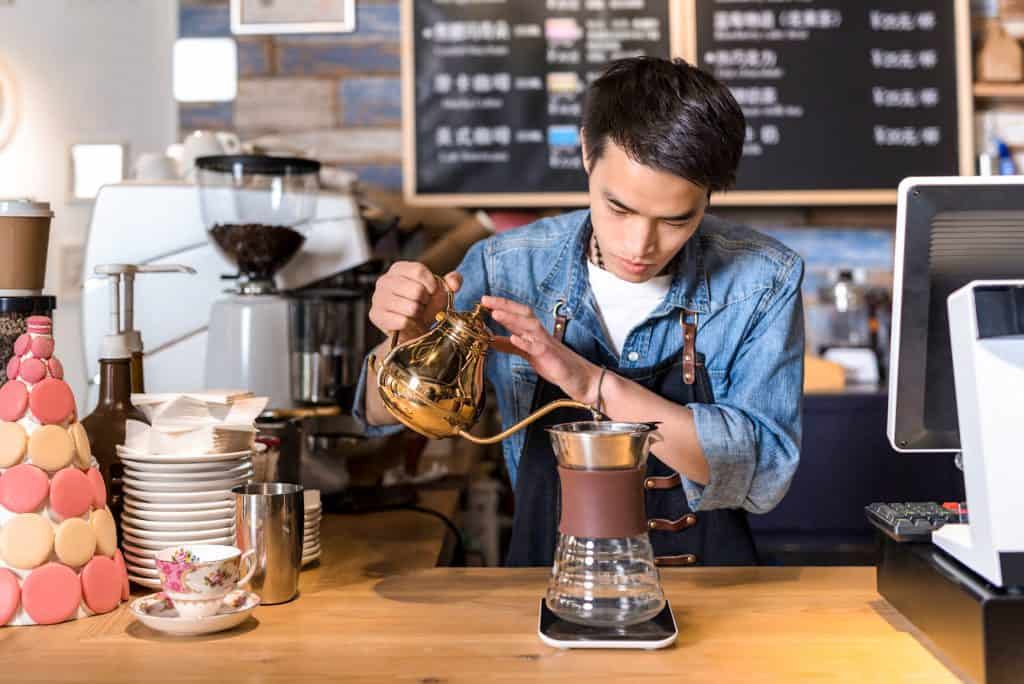
Japan not only excels in artisanal coffee served in Kissaten but has also pioneered the production of affordable, mass-produced coffee, including the global innovation of canned coffee. There’s a variety of coffee drinks to try in Japan beyond the traditional brews, such as canned coffee—perfect for those on the go, iced coffee—served in a tall glass with or without sugar syrup, and coffee fresh—coffee served with a pot of cream.
A unique aspect of Japan’s coffee habits is the “morning service” tradition in some cafes, where ordering a coffee also gets you a complimentary breakfast of toast, eggs, and salad.
Ireland: Irish Coffee
Coffee was first brought to Ireland in the 17th century by merchants who had visited the Middle East. However, it didn’t gain popularity until the 19th century among the aristocracy, serving as a luxurious alternative to the traditionally favoured tea.
In the early 20th century, coffeehouses began to appear in Ireland‘s major cities, offering a new social space, though tea continued to dominate as the nation’s preferred beverage. Recently, the Irish coffee industry has shifted focus towards quality and sustainability, with many shops and roasters sourcing high-quality, ethical, and fair-trade beans. Innovative brewing methods like cold brew and nitro coffee are also gaining traction among Irish coffee roasters.
The history of coffee in Ireland reflects a journey from luxury to mainstream. While traditional Irish coffee—a warm concoction of hot coffee, Irish whiskey, sugar, and whipped cream, often served after dinner—remains a beloved treat. Modern Irish coffee tradition is about high-quality, speciality beverages and unique café experiences. Today’s coffee scene in Ireland features a variety of speciality drinks prepared from single-origin beans, offering rich and intricate flavours.
Coffee drinking in Ireland now not only caters to traditional tastes but also embraces sophisticated brewing techniques in modern cafés, where baristas use advanced equipment to craft the perfect cup. This contemporary approach contrasts with the simplicity of traditional Irish coffee but each provides a unique and enjoyable experience for coffee lovers.
Beyond being a warm beverage, coffee in Ireland has become a popular social drink, especially in urban areas. Coffee shops are common meeting spots for friends and business associates, providing a non-alcoholic alternative for socializing. The growth of the coffee industry has also diversified Irish cuisine with a variety of international coffee styles like cappuccinos, lattes, and flat whites becoming part of the local food scene.
Furthermore, the expansion of the coffee sector has significantly boosted the Irish economy, creating jobs in cafes and roasteries, and promoting the growth of related businesses such as coffee cup manufacturers, equipment suppliers, and bean importers. Coffee’s role in Irish culture is profound, influencing social habits, culinary trends, and economic development, and is likely to remain a staple in Irish society for the foreseeable future.These diverse brewing traditions not only highlight unique regional flavours but also foster moments of connection and conversation. As we explore these varied landscapes of taste and tradition, we come to understand that coffee is more than just a beverage—it’s a global language of hospitality and creativity.
Read more: Latest



